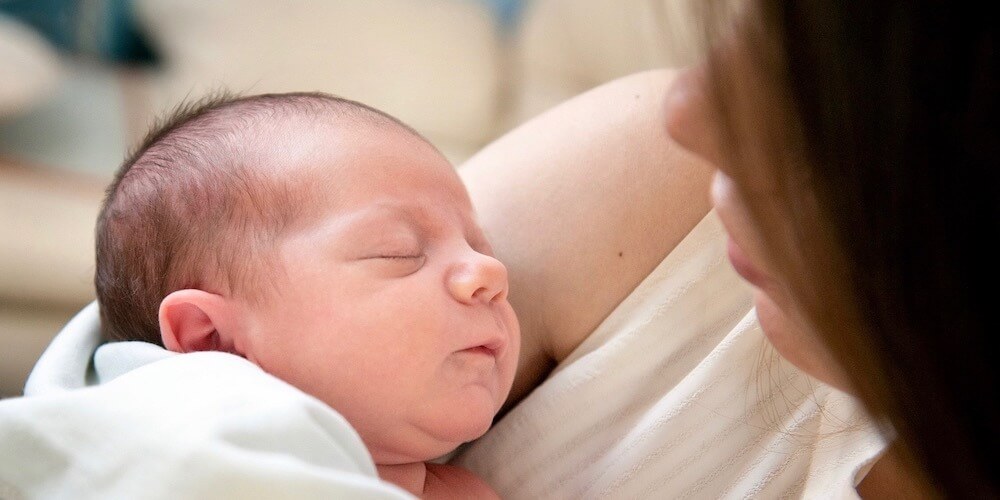Important Differences Between Baby Blues and Postpartum Depression

In the days and weeks after giving birth, many new moms are surprised to find themselves feeling opposite what they expected. Instead of feeling joyful, they find themselves feeling scared, tearful, and vulnerable. In addition to navigating the demanding needs of their newborn, new mothers are hit with drastic hormonal changes that likely contribute to what is known colloquially as the “baby blues.” Anywhere from 50-80% of new mothers report experiencing this dip in their mood within several days of giving birth. However there are differences between baby blues and postpartum depression.
Important Differences Between Baby Blues and Postpartum Depression
Symptoms of baby blues include:
- Tearfulness
- Irritability
- A sense of emotional vulnerability
- Difficulty sleeping (on top of the sleep deprivation that already comes with caring for a newborn)
These symptoms typically last no longer than a few weeks. For some new mothers, however, the symptoms can be more severe and continue for months if left untreated. About 10-15% of new mothers meet the criteria for Major Depressive Disorder with Peripartum Onset, often referred to as “Postpartum Depression.”
Symptoms of Postpartum Depression include:
- Tearfulness and sadness
- Severe anxiety
- Irritability
- Poor concentration
- Insomnia
- Lack of interest in the infant
- Guilt
- Thoughts of harming oneself or the baby
In sum, whereas more than half of new mothers will experience the blues, of which the symptoms will likely remit on their own after several weeks, PPD is less common, more severe, and should not go untreated.
Researchers are looking for potential risk factors for the development of PPD. In general, the dramatic drop in estrogen after giving birth has been indicated as a major contributing factor to the development of postpartum depression symptoms. Women with a predisposition for depression may be more sensitive to these changes, as the risk is 20 times higher for women with a history of depression.
Other research findings indicate the following risk factors for the development of PPD:
- Relatively younger or older age of the mother
- Cesarean delivery
- Preterm delivery
- Gestational diabetes during pregnancy
- Life stressors in the peripartum period (the time before, during, and after birth)
Support for Postpartum Depression
Many new moms struggling with postpartum mood changes feel shame over their symptoms. If you know someone who is pregnant or recently had a baby, you can help them by making space for the possibility that they will experience or are currently experiencing symptoms of the baby blues, or more severe symptoms of Postpartum Depression. Instead of saying things like “you must be so happy!”, simply ask, “how are you?” Tell them that it is very common for new moms to feel vulnerable, irritable, and sad. However, if they are having trouble bonding with their baby, feeling extremely sad or anxious, or having thoughts of harming themselves or their baby, these symptoms are more severe and should be treated.
It is important that new mothers and those supporting them understand the reality of both the baby blues and Postpartum Depression. With improved education comes better care. Further, it is important that new moms and their loved ones know the signs of Postpartum Depression, and that the mother feels empowered to talk about her struggles, ask for help, and seek treatment if necessary.
Ready to prioritize your mental health?
Great Lakes Psychology Group is here to help. With an extensive network of caring therapists available to meet online or in-person, we make it easy to find the right fit for your unique needs.



